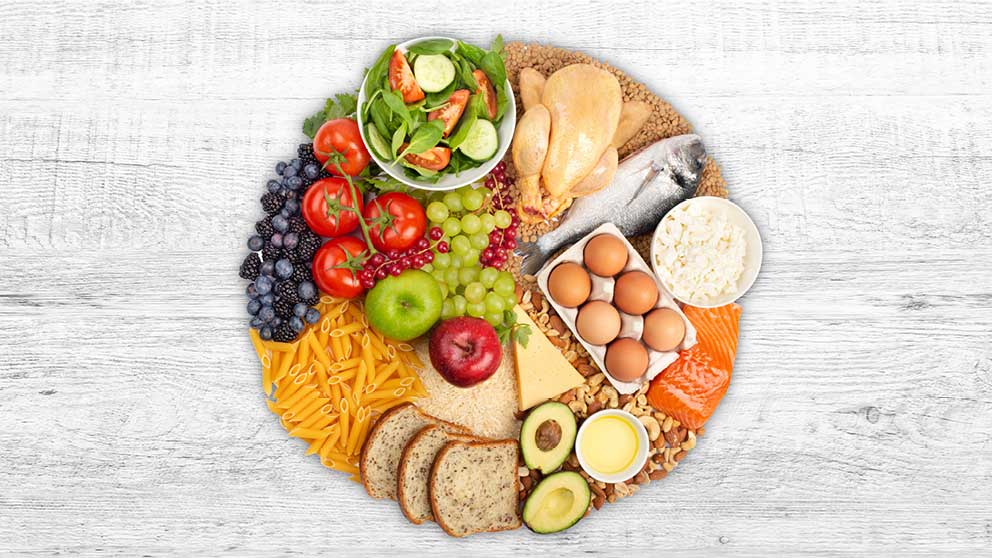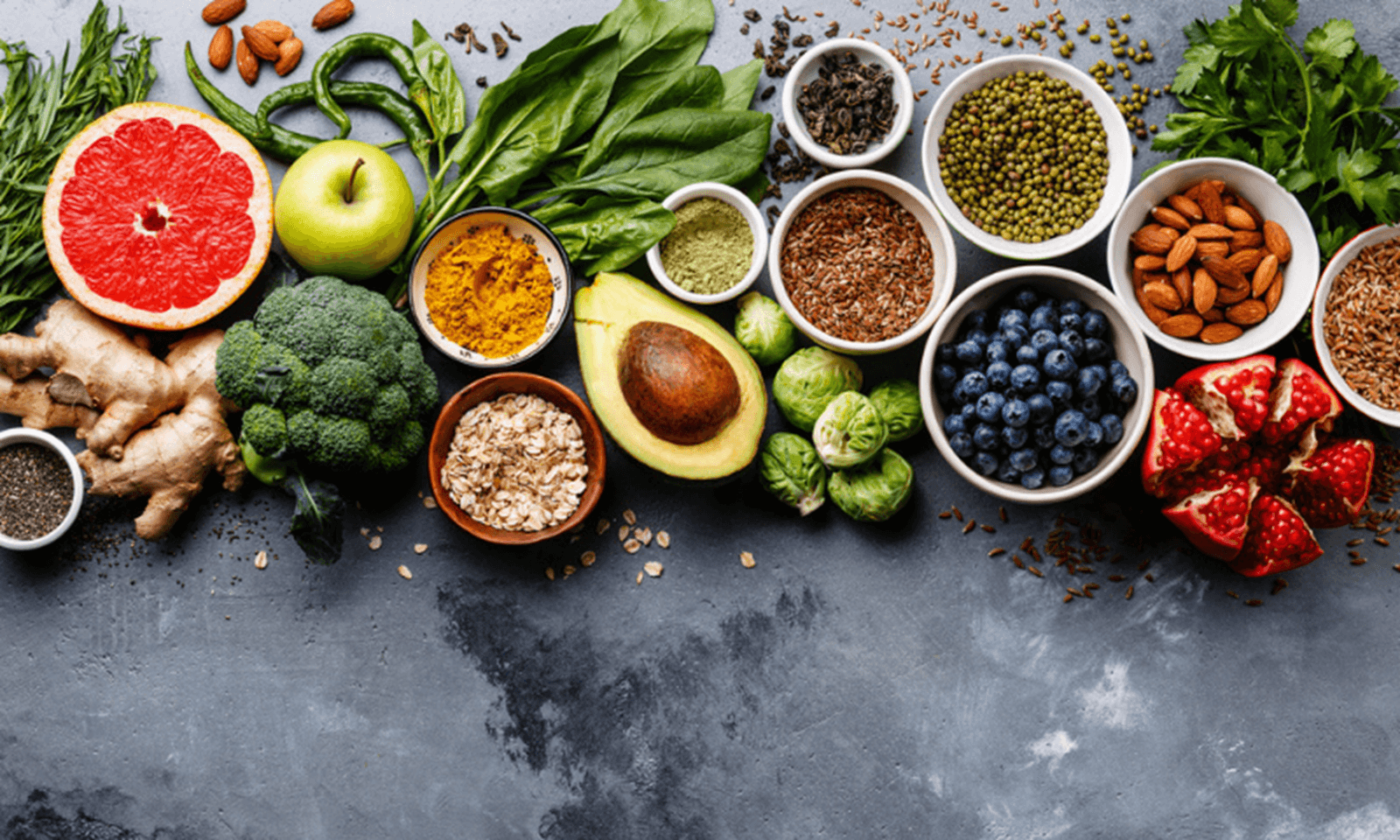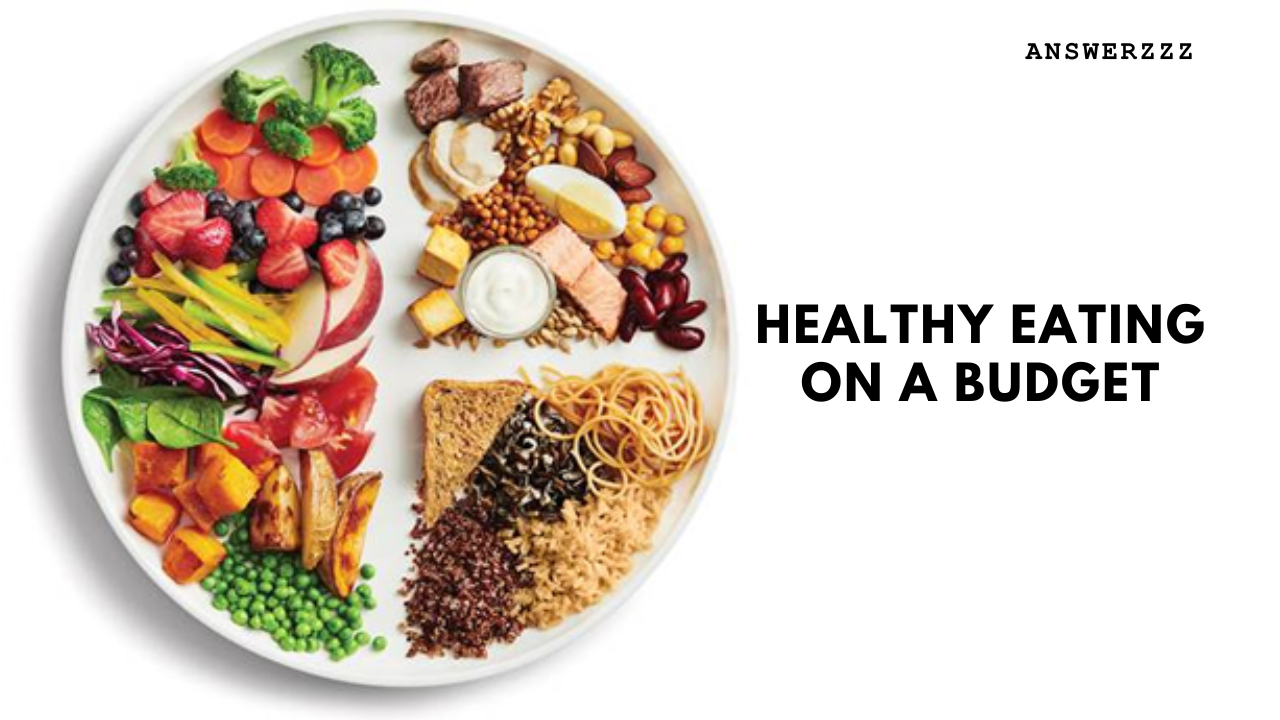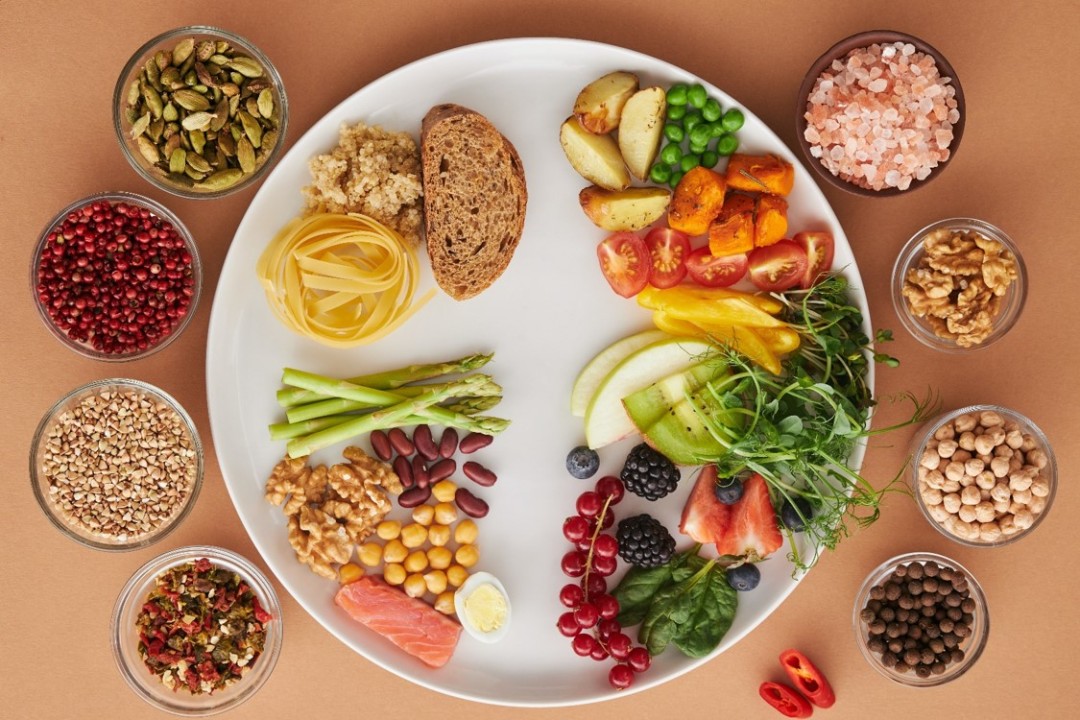Eating healthy doesn’t have to mean breaking the bank. With careful planning and smart shopping, you can enjoy nutritious meals while sticking to a budget. Affordable meal planning is all about making informed choices, knowing when and where to shop, and finding creative ways to maximize your food budget without compromising on the quality of what you eat.
In this comprehensive guide, we’ll explore effective tips and tricks for healthy eating on a budget, from meal prep strategies to savvy shopping tactics. Whether you’re a college student, a working professional, or managing a household, these strategies will help you prioritize your health without overspending.
Understanding Healthy Eating on a Budget
Before diving into meal planning tips, it’s important to understand the core of healthy eating on a budget. Healthy eating focuses on consuming a balanced diet filled with fruits, vegetables, whole grains, lean proteins, and healthy fats. It involves minimizing highly processed foods, added sugars, and unhealthy fats.
Many assume that eating healthy is costly, especially when compared to fast food and pre-packaged convenience items. However, by selecting nutrient-dense foods that offer more bang for your buck and employing a few practical strategies, healthy eating can be just as affordable as less nutritious options.
Benefits of Meal Planning
One of the best ways to stay within budget while eating healthy is by meal planning. By deciding ahead of time what meals you’ll prepare for the week, you can avoid impulse purchases and food waste. Meal planning has numerous advantages, including:
- Reducing food waste: When you plan your meals, you’re more likely to use all the ingredients you buy, cutting down on spoilage.
- Saving time and money: Preparing meals in advance can save you time during the week, and buying only what you need helps avoid unnecessary spending.
- Controlling portion sizes: Planned meals help control portion sizes, reducing overeating and encouraging healthier choices.
Now that we understand the basics, let’s dive into the specific tips and tricks for healthy eating on a budget.
1. Plan Your Meals in Advance
Productivity Hacks for Busy People: How to Get More Done in Less Time
Meal planning is the foundation of affordable healthy eating. Before heading to the grocery store, take the time to plan your meals for the week. Consider the following strategies:
Create a Weekly Menu
Write down the meals and snacks you plan to prepare each day of the week. This helps you stay organized and ensures you have everything you need. Look for simple, nutritious recipes that use affordable ingredients such as rice, beans, eggs, oats, and seasonal vegetables.
Make a Shopping List
Once you’ve planned your menu, create a shopping list based on the ingredients required. A well-thought-out shopping list helps prevent impulse buys, keeps you focused, and ensures you stick to your budget.
Check What You Already Have
Before adding items to your list, take a look at your fridge, pantry, and freezer. You might already have some of the ingredients needed for your meals, which will help reduce the number of items you need to purchase.
2. Shop Smart: Timing and Strategies

Where and when you shop can have a significant impact on how much you spend on groceries. Implementing these shopping tactics can help you save money while still prioritizing healthy eating:
Buy in Bulk
Staples like rice, oats, beans, lentils, and pasta are often available in bulk at a lower price per unit. Buying in bulk can save you money in the long run, especially if you have the storage space to keep non-perishable items.
Choose Store Brands
Generic or store brands are often just as good as their name-brand counterparts but at a fraction of the cost. For items like canned goods, frozen vegetables, and grains, store brands provide excellent value for money.
Shop Seasonally
Fruits and vegetables that are in season are not only fresher but also more affordable. For example, buying strawberries in summer or squash in fall ensures that you’re getting produce at its peak ripeness and lowest price.
Visit Local Farmers’ Markets
Local farmers’ markets can offer fresh, in-season produce at lower prices than supermarkets. Additionally, you can support local agriculture while stocking up on healthy ingredients.
Shop Discount Stores
Some discount grocery stores, such as Aldi and Lidl, are known for offering high-quality food at affordable prices. Consider checking out these stores for essential items like fresh produce, dairy, and pantry staples.
3. Prioritize Nutrient-Dense, Affordable Foods
When trying to eat healthy on a budget, focus on nutrient-dense foods that provide essential vitamins, minerals, and energy. Here are some budget-friendly staples to include in your diet:
Beans and Legumes
Beans, lentils, and chickpeas are excellent sources of plant-based protein and fibre. They are incredibly versatile, can be used in soups, stews, salads, and curries, and are typically sold at a very low cost, especially when bought dried.
Whole Grains
Opt for affordable whole grains like brown rice, oats, barley, and quinoa. These foods are packed with fibre and nutrients, making them a filling and nutritious base for meals.
Eggs
Eggs are one of the most affordable sources of high-quality protein. They can be prepared in various ways, including scrambled, boiled, or as part of a frittata, making them an ideal ingredient for healthy meals.
Frozen Fruits and Vegetables
Frozen fruits and vegetables are a fantastic budget-friendly option. They are typically flash-frozen at their peak ripeness, preserving their nutrients, and are often cheaper than fresh produce.
Canned Goods
Canned foods like tomatoes, beans, and fish (such as tuna and salmon) are affordable, have a long shelf life, and can be easily incorporated into numerous recipes.
4. Cook at Home and Batch Cook
Preparing meals at home is one of the best ways to save money while ensuring your meals are nutritious. Eating out or relying on convenience foods can quickly add up in cost and often lack the nutrients of homemade meals.
Cook in Batches
Batch cooking involves making large portions of meals that can be stored and eaten over several days. Dishes like soups, stews, casseroles, and stir-fries are perfect for batch cooking. You can freeze the leftovers for future meals, saving time and money.
Prepare Simple Meals
You don’t need elaborate ingredients or complex recipes to eat healthy. Some of the most nutritious meals are simple to make and use just a few ingredients. For example, a bowl of quinoa with roasted vegetables and a sprinkle of olive oil is both affordable and nutrient-dense.
5. Reduce Food Waste

Food waste is a major contributor to unnecessary spending. Reducing waste not only helps the environment but also saves money in the long run.
Use Leftovers Creatively
Leftovers can be transformed into new meals. For example, leftover roasted vegetables can be added to a salad or pasta dish, while cooked rice can be repurposed for stir-fries. Be creative with your leftovers to minimize waste.
Store Food Properly
Learning how to properly store perishable items can extend their shelf life. Keep fresh herbs in water, refrigerate fruits and vegetables correctly, and freeze meat or bread if you’re not going to use them immediately.
Make Broths and Soups
Vegetable scraps, chicken bones, and other leftovers can be used to make nutritious broths or soups. Not only will this reduce waste, but it will also provide a flavorful base for future meals.
6. Embrace Plant-Based Meals
Plant-based meals are often more affordable than meat-heavy dishes and can be just as nutritious. Incorporating more plant-based options into your diet is a great way to stretch your budget while increasing your intake of fibre, vitamins, and minerals.
Building Resilience: Strategies for Mental and Emotional Well-Being
Opt for Meatless Meals
Try having one or two meatless days each week. Dishes like veggie stir-fries, lentil soups, and bean-based burritos are inexpensive, filling, and packed with nutrients.
Use Meat as a Flavor Enhancer
When you do use meat, consider it as a flavour enhancer rather than the main event. Adding small amounts of chicken or bacon to a vegetable or grain dish can provide a delicious flavour boost without relying on large, expensive portions of meat.
7. Avoid Processed and Pre-Packaged Foods
Processed foods may seem convenient, but they are often more expensive and less nutritious than whole, unprocessed options. Pre-packaged meals, snack foods, and sugary drinks can quickly eat into your budget without offering much in terms of nutritional value.
Cook from Scratch
While cooking from scratch may take more time, it is much more cost-effective than buying pre-packaged or processed meals. Cooking your meals allows you to control the ingredients, ensuring they’re both healthy and affordable.
Limit Sugary and Processed Snacks
Instead of buying chips, cookies, or soda, opt for healthier, whole-food alternatives like fresh fruit, nuts, or yoghurt. Not only are these options better for your health, but they are also often less expensive.
8. Track Your Spending and Adjust as Needed

Finally, keeping track of your grocery spending can help you stay within your budget. Record your grocery receipts and evaluate how much you’re spending on various food categories. If you find that certain items are costing more than expected, consider adjusting your meal plans or finding cheaper alternatives.
Stick to Your Budget
Setting a weekly or monthly grocery budget can help you stay on track with your spending. By sticking to your meal plan and shopping list, you can avoid unnecessary purchases and ensure that you’re eating healthy without overspending.
Healthy eating on a budget is not only possible but can also be rewarding. By planning your meals, shopping smart, prioritizing nutrient-dense foods, and reducing waste, you can enjoy nutritious meals while keeping your expenses in check. These tips and tricks will help you maintain a healthy diet without compromising your financial goals.
With the right strategies in place, affordable meal planning becomes second nature, allowing you to focus on nourishing your body while saving money for other important aspects of your life.
Hydration Hacks: How to Drink More Water and Improve Your Health




